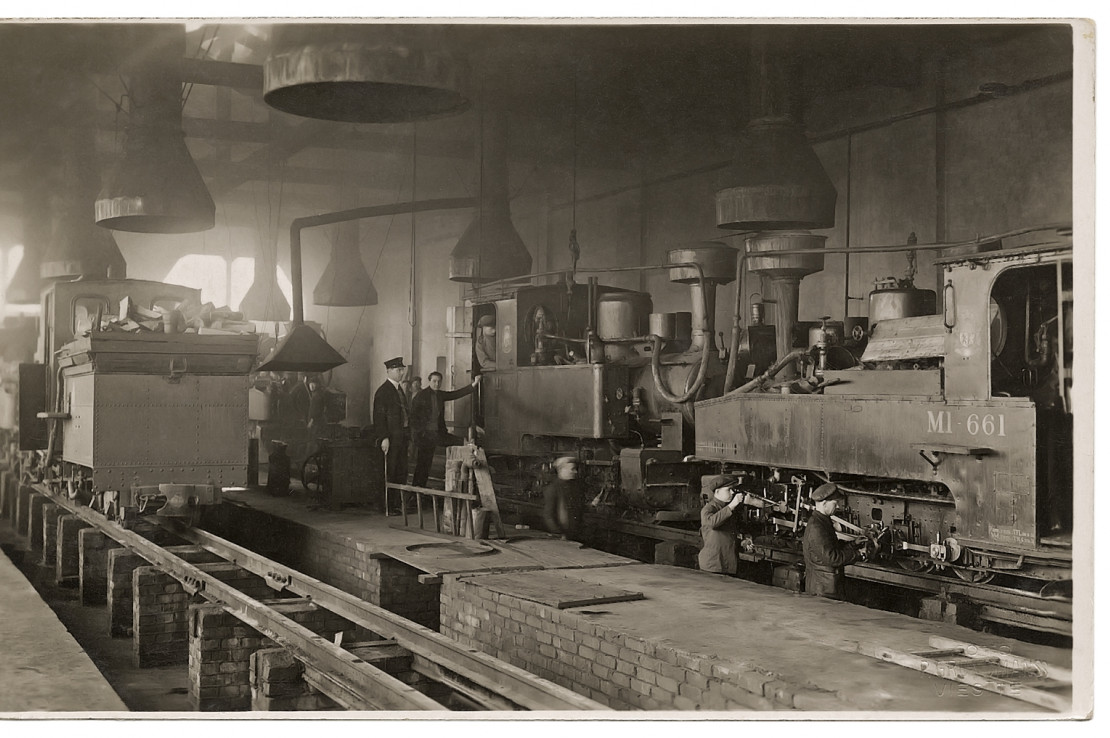
On June 30, presentation of the book “600 mm dzelzceļš Sēlijā I pasaules kara laikā - būvniecība, mērķi, ietekme’’ (600 mm Railways in Selonia during World War I: Construction, Objectives, Impact) will take place at the Latvian Railway History Museum, admission will be free for all. The book is based on an unprecedented comprehensive study of narrow-gauge railways in Selonia that explored cartography, railway construction, military and socio-economic history of railways; the book has been authored by a team of researchers, including historians specializing in military history and railways, a geographer who is a professional cartographer, and an expert on the industrial heritage of railways.
Up until now, studies on Latvian narrow-gauge railways considered rural railways quite generally, focusing on the initial stages of their construction and operation during and right after World War I. The 600 mm railways in Selonia have also been the focus of small-scale research, but their use in general passenger and freight transport, especially after 1945, has so far remained outside the scope of Western European railway history researchers.
Initially, during World War I the 600mm railway in Selonia was built as part of German military infrastructure for bringing supplies to the front, to export timber and other valuable commodities from the occupied areas, but in later years and in different political regimes it became part of the economic infrastructure.
The aim of the research group was not only to study the process of construction of the railway, the purposes it was built for and its impact on the development of the region, but also to obtain as accurate information as possible about the actual location of railway tracks, using the LiDAR (light detection and ranging) data set. For the needs of the monograph, World War I photographs were sought out at museums, libraries, archives and private collectors, and photographs of railway infrastructure segments were taken.
The project’s scientific editor is Dr. hist. Ēriks Jēkabsons, editor and proofreader - Dr. philol. Austra Celmiņa-Ķeirāne, translation into English - Māra Kokina, design and layout of the publication - Kirils Kirasirovs, project manager - Agnese Neija.
The presentation of the book “600 mm dzelzceļš Sēlijā I pasaules kara laikā - būvniecība, mērķi, ietekme” will take place at the Latvian Railway History Museum at 5 p.m. on June 30. A team of researchers will take part in the presentation:
- Toms Altbergs (Mg. ing., industrial heritage expert at SJSC "Latvijas dzelzceļš")
- Kārlis Dambītis (Dr. hist., the Museum of the Occupation of Latvia)
- Aivars Markots (Dr. geol., Associate Professor at the University of Latvia)
- Ilze Freiberga (Mg. hist., Jelgava exposition and exhibition curator at the Latvian Railway History Museum)

